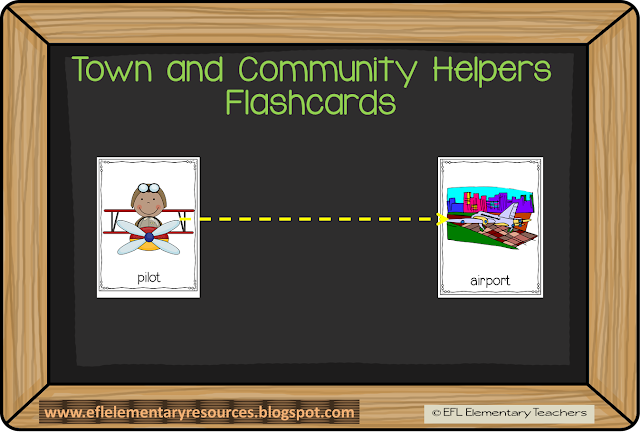Sort the 55 flashcards
by land, sea, sky.
Transportation
and adjectives: big, small, long, short, old,
new, cheap, expensive. Review the adjective words using your arms and hands.
Stretch your arms for long and hold your hands closer for short.
Write the opposite words on the board. Hand in
all the flashcards and have them place the vehicle where it belongs. Students
must identify the vehicle, the size, length, old or new and price.
Student:
This is a school bus. It is big and long.
There is a worksheet to review the adjectives. Have the students listen to the instructions and color the cars.
Teacher:
Point to the small car. Color it blue. Continue in the
same manner. When the students have finished, have them place the adjectives
that identify each vehicle.(LABELING)
Or have the students paste a
vehicle on a sheet of paper and write adjectives to describe it.
Explain that you use the preposition by to express ways to travel.
Teacher: I am going to
the library.
Students: How are you
going?
Teacher: By subway.
Continue asking and answering
questions. Have the students write sentences.
I am
going to the island by ship.
Place the number flashcards around the room. Tell the students that each
number is a garage or parking place for some vehicles.
Hand in the flashcards and
give instructions.
Teacher:
bus, go to garage number seven.
Transportation
and verbs.
Tell the students that we use
these three main verbs for the vehicles. Place them on the board and create a mind map.
Teacher:
I can ride an elephant.
Students:
I can ride a bike.
I can
ride a motorcycle.
Give more examples using drive
and fly using all the flashcards.
A worksheet to wrap this up.
Have the students sort the
pictures into ride, drive and fly. Then using the bubbles provided, the
students write sentences. ( I
can drive a blue car.)
There are more flashcards to review “ How do you get to work ?” “ How do you get
to school ?”
Community
Helpers drive vehicles.
Have the students sort the
flashcards in drive, ride or fly.
Model a sentence. Teacher:
The fire fighter drives a fire truck.
Students make more sentences.
And worksheets for writing. Students write in the bubbles sentences
such as: I am driving a
school bus.
Listening.
Students color as indicated by the teacher.
Teacher:
It is a pink blimp.
Speaking.
Students point and say a sentence.
Student:
It is a yellow submarine.
Have the students cut the
cards and grab their favorite. At your signal have them get together in groups
of the same favorite vehicle.
Teacher:
These are trucks. (pointing close to you)
Those are cars. (pointing far
from you)
Students give more examples.
Write the words on your
notebook. Providing multiple exposure to the vocabulary words help with
learning and meaning.
Road
game.
I was looking for a game and found an interesting one on Pinterest, I adapted
it for ESL. Simply print out as many roads you need and write the vocabulary
words on each side of each road piece as in dominos, there must be 2 or more of
the same word. Print the people in their vehicles and the signs. Have the
students play as in Domino but the pieces will be the road items.
Prepositions
cards. Use them for writing purpose or to play
sentence association game.
More ideas,activities and
printables at my other blog post.
Please follow me! Leave your
comments or special requests.





























































